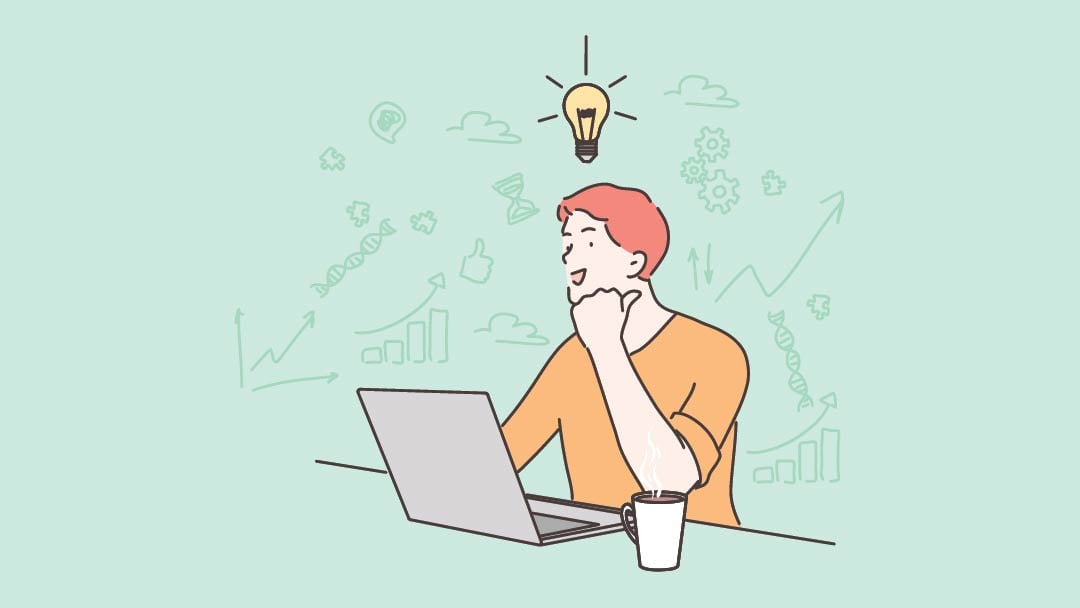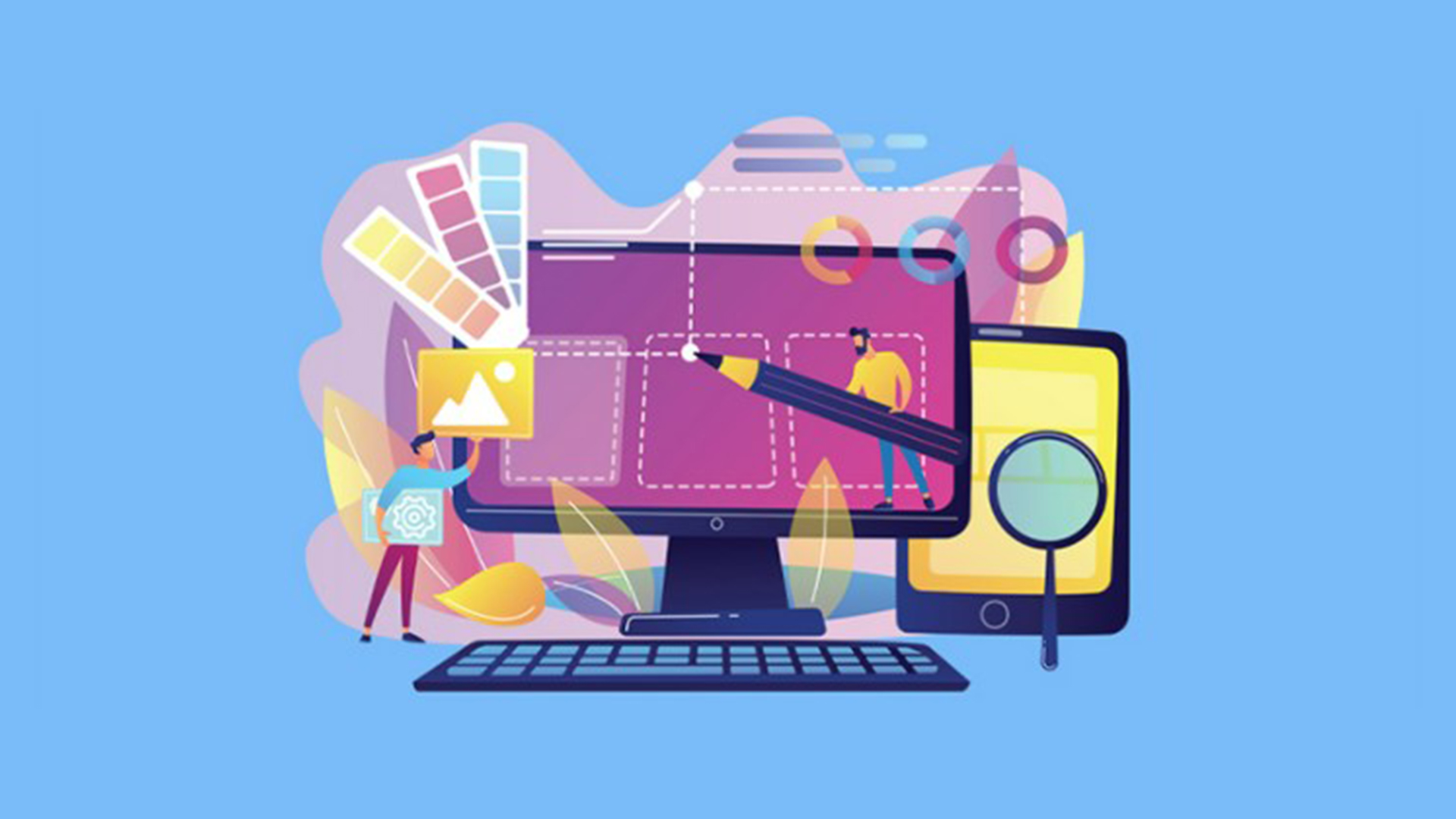All Categories
Featured
Table of Contents
- – Design Principles - U.s. Web Design System (Us...
- – Powderkeg: Web Design Madison, Wi Tips and Tr...
- – Law Firm Website Design, Attorney Web Design,...
- – Responsive Web Design - A List Apart Tips and...
- – Web Design Definition - Techterms Tips and Tr...
- – Web Design Definition - Techterms Tips and Tr...
- – Web Design Tutorials By Envato Tuts+ Tips an...
- – Redtree Web Design - Pittsburgh Tips and Tri...
- – 12 Essential Tips For Improving Your Web Des...
- – What Is Web Design (And How Do I Get It Righ...
- – Web Designer: Learn The 9 Skills You Need In...
Design Principles - U.s. Web Design System (Uswds) Tips and Tricks:
Quick summary Usability and the energy, not the visual design, identify the success or failure of a website. Given that the visitor of the page is the only person who clicks the mouse and therefore decides everything, user-centric design has established as a basic approach for effective and profit-oriented website design - web design frederick md.
and the utility, not the visual style, determine the success or failure of a website. Since the visitor of the page is the only individual who clicks the mouse and for that reason decides whatever, user-centric design has actually ended up being a basic technique for effective and profit-oriented web design. After all, if users can't use a function, it may too not exist.
g. where the search box ought to be put) as it has actually already been carried out in a variety of articles; instead we concentrate on the methods which, used appropriately, can result in more advanced design decisions and streamline the process of perceiving presented info. Please notice that you may be interested in the usability-related articles we have actually published before: Concepts Of Excellent Website Style And Efficient Web Style Standards, In order to use the principles properly we first require to comprehend how users engage with sites, how they think and what are the standard patterns of users' habits.
Powderkeg: Web Design Madison, Wi Tips and Tricks:
Visitors look at each brand-new page, scan a few of the text, and click the very first link that captures their interest or slightly resembles the thing they're searching for. There are big parts of the page they don't even look at. Most users search for something fascinating (or helpful) and clickable; as quickly as some appealing candidates are found, users click.
If a page offers users with premium content, they want to jeopardize the content with ads and the style of the site. This is the reason not-that-well-designed sites with high-quality content get a lot of traffic over years. Content is more crucial than the style which supports it.

Users don't check out, they scan. Notification how "hot" areas abrupt in the middle of sentences. This is common for the scanning procedure. Extremely easy concept: If a website isn't able to fulfill users' expectations, then designer stopped working to get his task done effectively and the company loses cash. The higher is the cognitive load and the less user-friendly is the navigation, the more prepared are users to leave the website and look for alternatives.
Law Firm Website Design, Attorney Web Design, Lawyer ... Tips and Tricks:
Neither do they scan web page in a direct style, going sequentially from one website section to another one. Instead users satisfice; they select the first sensible alternative. As quickly as they discover a link that appears like it may cause the goal, there is an excellent opportunity that it will be immediately clicked.
It does not matter to us if we comprehend how things work, as long as we can use them. If your audience is going to imitate you're designing signboard, then design excellent signboards." Users wish to be able to manage their internet browser and count on the constant data discussion throughout the site.
If the navigation and website architecture aren't intuitive, the number of enigma grows and makes it harder for users to comprehend how the system works and how to receive from point A to point B. A clear structure, moderate visual hints and easily recognizable links can assist users to discover their path to their objective.
Responsive Web Design - A List Apart Tips and Tricks:

Because users tend to check out websites according to the "F"-pattern, these three declarations would be the first components users will see on the page once it is packed. The style itself is simple and user-friendly, to comprehend what the page is about the user needs to search for the answer.
When you have actually accomplished this, you can interact why the system is helpful and how users can gain from it. People won't utilize your website if they can't discover their method around it. 2. Do Not Waste Users' Patience, In every task when you are going to offer your visitors some service or tool, attempt to keep your user requirements very little.
First-time visitors are willing to, not filling long web types for an account they may never use in the future. Let users explore the site and discover your services without requiring them into sharing personal data. It's not affordable to require users to enter an email address to evaluate the function.
Web Design Definition - Techterms Tips and Tricks:
Stikkit is an ideal example for an easy to use service which requires practically nothing from the visitor which is unobtrusive and reassuring. Which's what you desire your users to feel on your web site. Obviously, Termite needs more. However the registration can be done in less than 30 seconds as the kind has horizontal orientation, the user does not even require to scroll the page.
A user registration alone is sufficient of an impediment to user navigation to reduce incoming traffic. 3. Handle To Focus Users' Attention, As sites supply both fixed and dynamic material, some aspects of the user interface attract attention more than others do. Undoubtedly, images are more eye-catching than the text just as the sentences marked as vibrant are more appealing than plain text.
Focusing users' attention to particular areas of the site with a moderate use of visual components can help your visitors to obtain from point A to point B without thinking about how it actually is supposed to be done. The less concern marks visitors have, the they have and the more trust they can establish towards the business the site represents.
Web Design Definition - Techterms Tips and Tricks:
4. Strive For Feature Direct exposure, Modern website design are generally slammed due to their approach of directing users with visually appealing 1-2-3-done-steps, big buttons with visual impacts and so on. From the style viewpoint these aspects actually aren't a bad thing. On the contrary, such as they lead the visitors through the website content in a very simple and user-friendly method.
The website has 9 main navigation alternatives which show up at the very first look. The option of colors may be too light, though. is a fundamental concept of effective user interface design. It does not actually matter how this is accomplished. What matters is that the material is well-understood and visitors feel comfy with the way they connect with the system.
Rather a cost: just what visitors are looking for. An optimal solution for effective writing is touse brief and succinct expressions (come to the point as rapidly as possible), use scannable design (classify the content, utilize several heading levels, use visual aspects and bulleted lists which break the circulation of consistent text blocks), use plain and objective language (a promo doesn't need to sound like ad; provide your users some sensible and unbiased reason why they should use your service or stay on your website)6.
Web Design Tutorials By Envato Tuts+ Tips and Tricks:
Users are seldom on a website to enjoy the style; in addition, most of the times they are searching for the info in spite of the style - web design frederick md. Pursue simpleness instead of intricacy. From the visitors' point of view, the very best website style is a pure text, without any ads or further material blocks matching precisely the query visitors utilized or the material they've been looking for.
Finch plainly presents the details about the website and offers visitors an option of options without overcrowding them with unneeded content. Not only does it assist to for the visitors, but it makes it possible to view the info provided on the screen.
Complex structures are harder to check out, scan, analyze and deal with. If you have the option in between separating two design sectors by a visible line or by some whitespace, it's normally better to utilize the whitespace option. (Simon's Law): the better you manage to supply users with a sense of visual hierarchy, the much easier your content will be to perceive.
Redtree Web Design - Pittsburgh Tips and Tricks:
The very same conventions and guidelines should be applied to all elements.: do the most with the least quantity of cues and visual aspects. Clearness: all elements ought to be created so their significance is not ambiguous.
Conventions Are Our Good friends, Standard style of site aspects doesn't result in a dull web site. It would be an usability nightmare if all websites had various visual presentation of RSS-feeds.
understand what they're anticipating from a site navigation, text structure, search placement etc. A common example from functionality sessions is to equate the page in Japanese (assuming your web users do not understand Japanese, e. g. with Babelfish) and supply your functionality testers with a task to find something in the page of different language.
12 Essential Tips For Improving Your Web Design In 2022 Tips and Tricks:
Steve Krug recommends that it's better to, but make the most of conventions when you don't. 10. Test Early, Test Frequently, This so-called TETO-principle ought to be applied to every web style job as use tests typically provide into significant issues and problems connected to a provided design. Test not too late, not insufficient and not for the incorrect factors.
Some important points to remember: according to Steve Krug, and testing one user early in the job is much better than screening 50 near completion. Accoring to Boehm's very first law, mistakes are most frequent during requirements and style activities and are the more pricey the later they are gotten rid of.
That implies that you create something, test it, repair it and then check it once again. There might be problems which haven't been discovered throughout the first round as users were almost obstructed by other problems. use tests. Either you'll be indicated the issues you have or you'll be pointed to the lack of major style defects which is in both cases an useful insight for your project.
What Is Web Design (And How Do I Get It Right)? - 99designs Tips and Tricks:

This holds for designers also. After you have actually dealt with a website for couple of weeks, you can't observe it from a fresh point of view anymore. You know how it is developed and therefore you know exactly how it works you have the wisdom independent testers and visitors of your site would not have.
It can be connected to other locations such as graphic design, user experience, and multimedia arts, but is more appropriately seen from a technological perspective. It has become a big part of people's everyday lives. It is tough to think of the Web without animated graphics, various designs of typography, background, videos and music.

Throughout 1991 to 1993 the Web was born. Text-only pages might be viewed using a basic line-mode web browser. In 1993 Marc Andreessen and Eric Bina, created the Mosaic web browser. At the time there were several internet browsers, nevertheless the majority of them were Unix-based and naturally text heavy. There had been no integrated approach to graphic style components such as images or sounds.
Web Designer: Learn The 9 Skills You Need In 2022 - Skillcrush Tips and Tricks:
The W3C was developed in October 1994 to "lead the Web to its complete potential by establishing common protocols that promote its evolution and ensure its interoperability." This discouraged any one company from monopolizing a propriety browser and shows language, which might have altered the result of the World Wide Web as a whole.
As this has taken place the technology of the web has also moved on. There have also been considerable modifications in the method people utilize and access the web, and this has actually altered how sites are designed. Since completion of the internet browsers wars [] brand-new browsers have actually been launched. A number of these are open source suggesting that they tend to have much faster development and are more supportive of new standards.
Learn more about Lovell Media Group LLC or TrainACETable of Contents
- – Design Principles - U.s. Web Design System (Us...
- – Powderkeg: Web Design Madison, Wi Tips and Tr...
- – Law Firm Website Design, Attorney Web Design,...
- – Responsive Web Design - A List Apart Tips and...
- – Web Design Definition - Techterms Tips and Tr...
- – Web Design Definition - Techterms Tips and Tr...
- – Web Design Tutorials By Envato Tuts+ Tips an...
- – Redtree Web Design - Pittsburgh Tips and Tri...
- – 12 Essential Tips For Improving Your Web Des...
- – What Is Web Design (And How Do I Get It Righ...
- – Web Designer: Learn The 9 Skills You Need In...
Latest Posts
Awwwards - Website Awards - Best Web Design Trends Tips and Tricks:
Website Design - Best Ecommerce Web Design By Shopify Tips and Tricks:
Web Design Shopify:
More
Latest Posts
Awwwards - Website Awards - Best Web Design Trends Tips and Tricks:
Website Design - Best Ecommerce Web Design By Shopify Tips and Tricks:
Web Design Shopify: